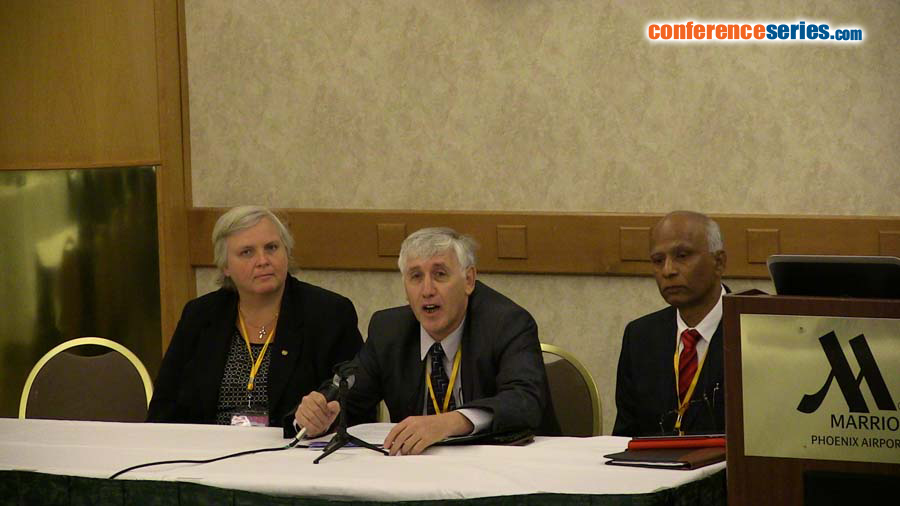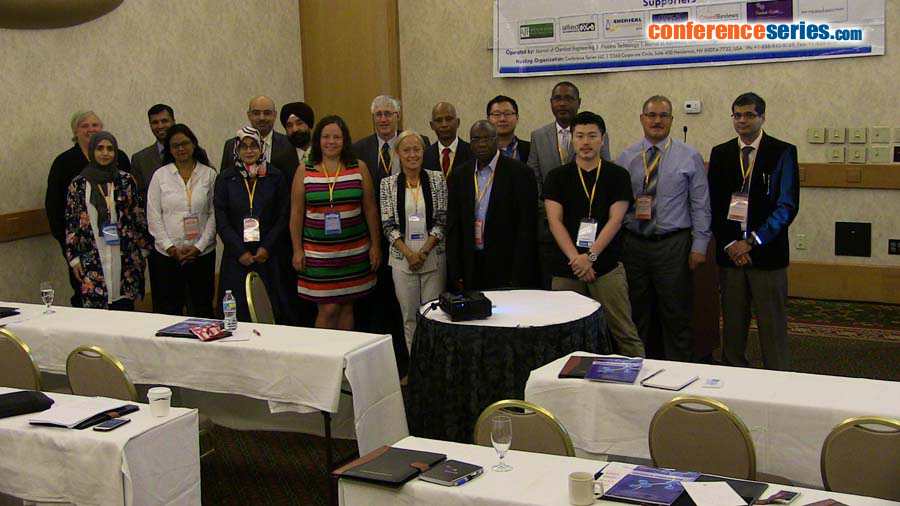
Dragomir Yankov
Bulgarian Academy of Sciences Bulgaria
Title: Use of distillery spent grains in fermentative lactic acid production
Biography
Biography: Dragomir Yankov
Abstract
Lactic acid is a useful chemical with both traditional (as acidulant, neutralizer, preservative) and newer (for environmentally friendly solvents or as precursor of biodegradable polymers) applications. The lactic acid can be manufactured by chemical synthesis or by fermentation of different carbohydrate materials by various microorganisms of Lactobacillus family. Ethanol production from cereal grains generates enormous amount of co-products (wet and dried distiller’s grains). Spent grains originated from breweries and distilleries are the most abundant agro-industrial waste material. Currently, spent grains are mainly used as animal feed. Attempts were made for using spent grains for extraction of metals and dyes. Greater attention was paid to the hydrolysis of the grains for producing fermentable sugars, used as substrates in various bioprocesses. A promising alternative for spent grains application is its use as carriers for enzymes and cells immobilization. The purpose of the present work is to investigate the applicability of distiller's spent grains in fermentative lactic acid production- as support for cells immobilization and as source of fermentable sugars for the production of lactic acid. Lactobacillus plantarum is one of the most wide spread species used in lactic acid production by lactic acid bacteria. It was used in both processes. The immobilization was carried out by simultaneous growth and adhesion, adding spent grains in the beginning, before growth medium seeding at 30oC for 24 h, at gentle stirring. At the end, the concentration of free cells was determined, the support was separated from the broth, washed with sterile saline and kept at 4oC in saline before further use. Influence of the particle size, pH, temperature and support treatment methods on the lactic acid fermentative production were examined. The immobilized preparation showed high activity (about 70-80% from free cells’ activity) and very good stability in at least two months repeated batch fermentations without pH control. There is no difference in optimal pH value and temperature for free and immobilized cells. Various methods of spent grains pretreatment- sonification, alkali, acid and enzyme hydrolysis separately or in combination have been investigated. The influence of time, reagent concentration, solid to liquid ratio, temperature and pressure on the reducing sugars accumulation have been studied. The best obtained results were about 90 g/l reducing sugars (45% mass conversion). The resulting hydrolysates were enriched in all medium components needed for fermentation and after sterilization were used for lactic acid production. The process was led without and with pH control. Depending on the mode of action and sugar’s concentration, the conversion was between 50 and 95%. The results were comparable with these when lactose was used as substrate. In the case of pH control, the product inhibition was less noticeable. The results obtained represents a good base for studying continuous lactic acid production from distiller’s spent grains hydrolysates.





